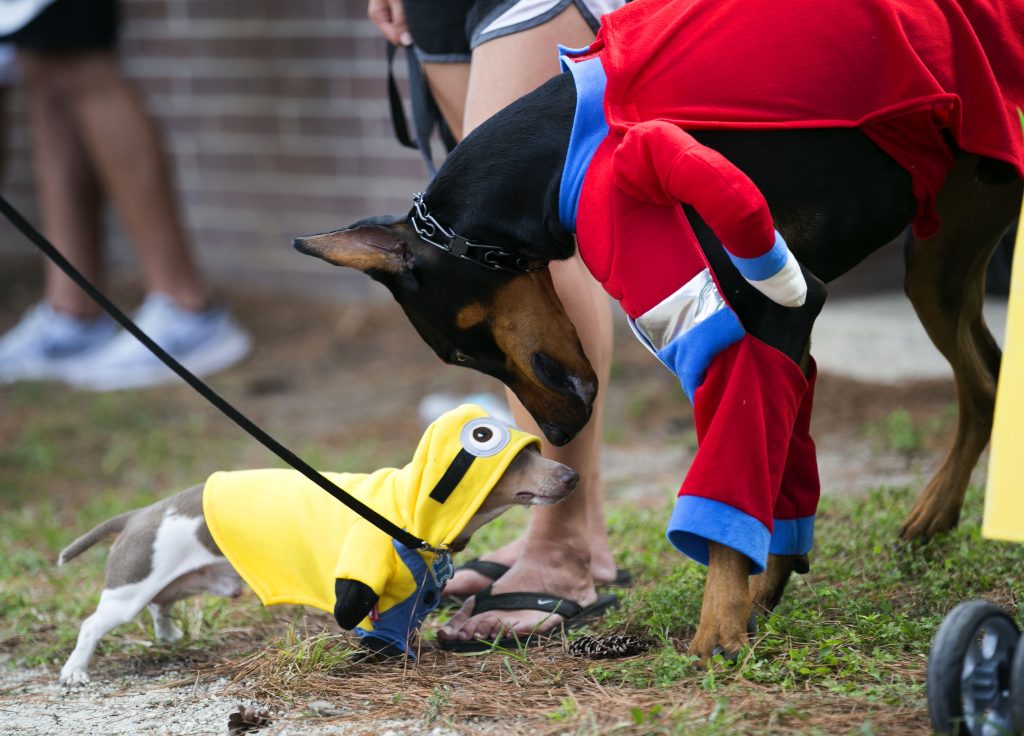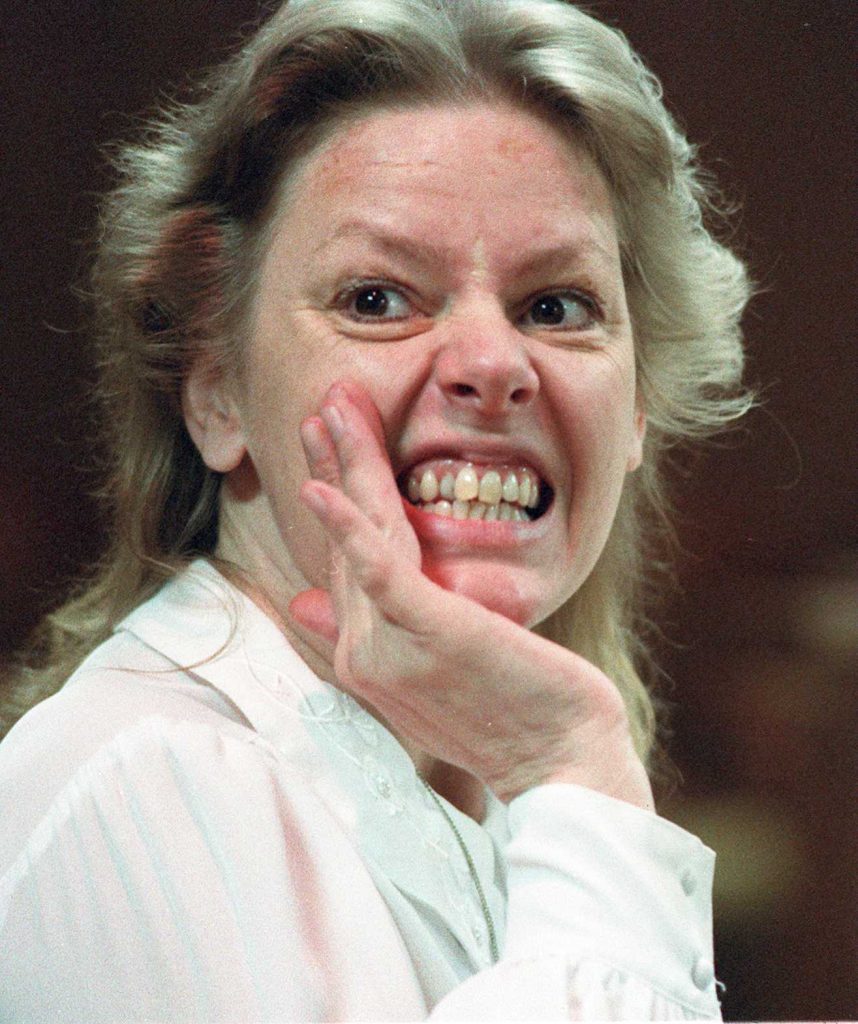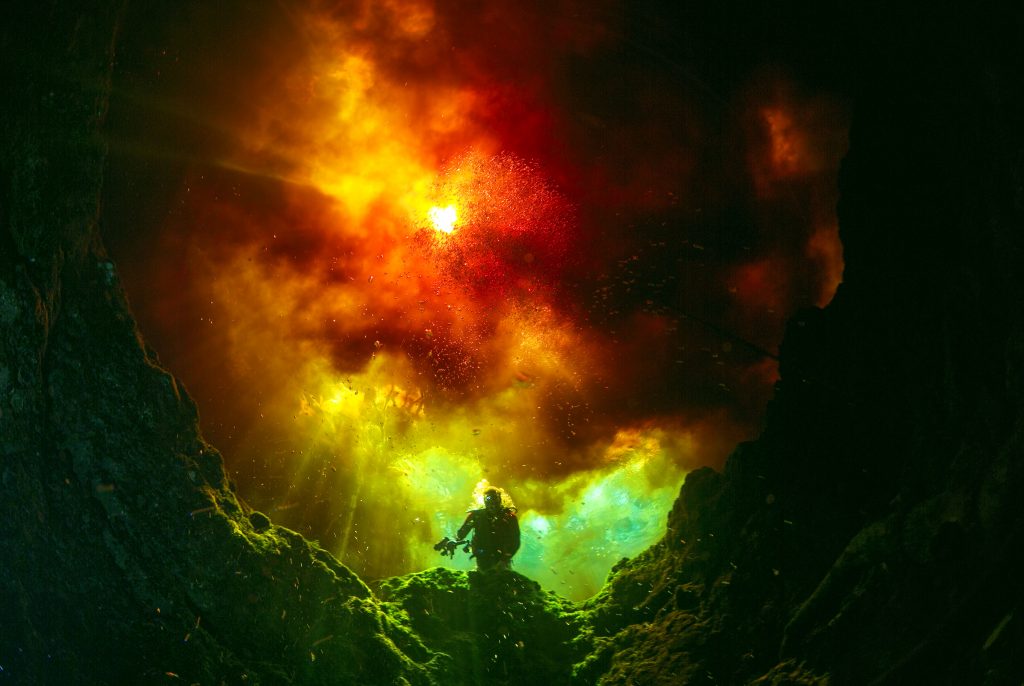Alan Youngblood and I started working at the same time for the New York Times Regional Group at the Ocala Star Banner, Alan a photographer and me a feature writer. I am in awe of his knowledge as a gear geek and his creative approach to capturing the moment on land, sea and air. It is an honor to have Alan Youngblood as my guest blogger for Saturday Morning Magazine, December, 2020.
Photography is my blood. It started a long time ago hanging out with my grandfather watching him take pictures. I was drawn to the camera.
In Junior college, my father hit the roof when he found out I spent $250 on a USED camera – I bought a used Nikon F2 Photomic from a dorm mate that needed drug money. Then I knew I was on the right track. My mother said it was a fad and I’d grow out of it. I’m 60. I still haven’t grown out of it.
I liked photography for several reasons. At the time, it was the mechanical and technical aspects- I loved the equipment, reading reviews in magazines, and learning how to develop and print film. I had intended on being a television journalist but the college didn’t have a TV program.
Take pictures of everything – it is a process.

During those two years, I struggled to find a voice and just took pictures of everything. Everything from beauty pageants to abandoned antebellum mansions. Reflections, roots in the riverbank – pictures of nothing basically. They weren’t art, they weren’t commerce. I didn’t know what they were. I dabbled in process. Printing slides to paper was new so I played with Cibachrome. It was expensive and frustrating.
I loved black and white (still do).
I read every photography magazine I could get my hands on. Nobody had heard of the internet or even AOL so I read Pop Photo and American Photographer mostly. Pop Photo was mostly technical with camera reviews and ads for cheap cameras from New York. American Photographer had articles about photography and photographers with little technical stuff. It was here that I read an article about French photographer (That’s what I thought, a French photographer in a magazine about American Photographers?) Henri Cartier-Bresson. “The Decisive Moment” clicked with me. His work was stunning. It told a story, it was interesting to look at and it was from his surroundings. He had something to say. It was at that moment that I decided to be a photojournalist.
Photo stories led to photojournalism
So long story short (I know, too late..) I went to the University of Florida and their Journalism school.
What I found was that Photojournalism is so diverse. I have never been bored. Every assignment is different. I’ve shot everything from serial killers to mermaids. I also learned it is one of the lowest-paying genres of photography along with one of the most expensive to buy equipment for. I never stop to think about the money. I know that is odd to say.

Its like the rest of journalism, your photographic knowledge is a mile wide and inch deep. After 40 years I hope mine is a little deeper though. Despite that, I feel like I am just now competent. I can shoot most anything and at least bring back pictures that cover the assignment. Everybody does something best. Along with photography, I love the water. Journalism gave me the opportunity to not only shoot pictures underwater but scuba dive. I learned how to do both – at the same time- doing a learning-to-dive story.
Underwater pictures are good and bad for the ego. People think anything shot underwater think is a great picture. Its just not true. Modern technology helps but you still have water, buoyancy and drowning to deal with. I think one of the differences in my underwater photography is people. I’m not a fan of fish pictures without some human element.

I see underwater as photojournalism.
I still like the gear. I still hear “Don’t you miss film? The pictures are just better quality aren’t they.” The answer to that is No on both counts. I couldn’t wait for digital to get here. Out of the box Digital was pretty good.
Today, a modern digital camera is better then film ever was, except maybe the original Kodachrome. https://pavelkosenko.wordpress.com/2012/03/28/4×5-kodachromes/ – A side note about kodachrome and these pictures. All film in the 1940 was very slow (by slow I mean it took a lot of light to expose it properly). It was about ISO 10. This number may not mean anything to you but the slowest color slide film now is 50 but 125 is considered slow and I typically shoot night sports at anywhere from 3200 to 12800 ISO.
All the pictures are fascinating because they are so posed and so amazingly lit. The people dressed for the pictures and posed to make the shots. Given they are all shot in the factory, my guess is the lighting was flash bulbs. Using 1940’s Kodachrome to photograph everyday activities was almost impossible unless you had full sun and people weren’t moving around to quickly. Inside a dark factory? Forget it without lots of light.
Anyway, technology has changed everything for the better. Now, photography been narrowed to two general categories – Modern Cell phones and Professional cameras.
Point and shoot, consumer “beginner” DSLR’s (a cruel joke on the beginning photographer). Almost any iPhone made in the last four years will make better pictures and video then any camera in this class. Sure, on a Beginner DSLR you can get other lenses but the features and capabilities of the body make this pointless. Along with great quality, a cell phone will get you almost unlimited ability to share, edit, store images. For this capability a phone or computer is needed with a pro camera.
Now, the consumer level class of cameras still exists and there are some applications for them but in general they make no sense.
Besides, the best camera is the one you have with you.
Photography is a lifestyle. If if isn’t you wont ever be at the place you want to be. It still is for me. Even more so today as I have been forced into the freelance world. I call myself a photo mercenary. Photograph with purpose. Everyone that I’ve ever taught or given advice to that has to set aside a special time to photograph never does. Life always gets in the way. This is another reason the cell phone is so great. you always have it with you.
Tell stories with your camera
Tell stories. Shoot people doing what they do. This is so much better then everyone standing around posing or grinning at the camera.
The other thing about photojournalism is that you control nothing in the environment. Its a waiting game and battle with yourself. Only you know If you have the right knowledge to get the picture and patience or reflexes to capture the moment.
Moments only happen once.
You can see more of my work at alanyoungblood.com
Alan Youngblood and his wife live in Ocala with two Brittanys and two and a half horses. He is currently a Photo Mercenary, handling anything media related – photos (land, sea, and air), websites, video, etc. E mail: [email protected]

